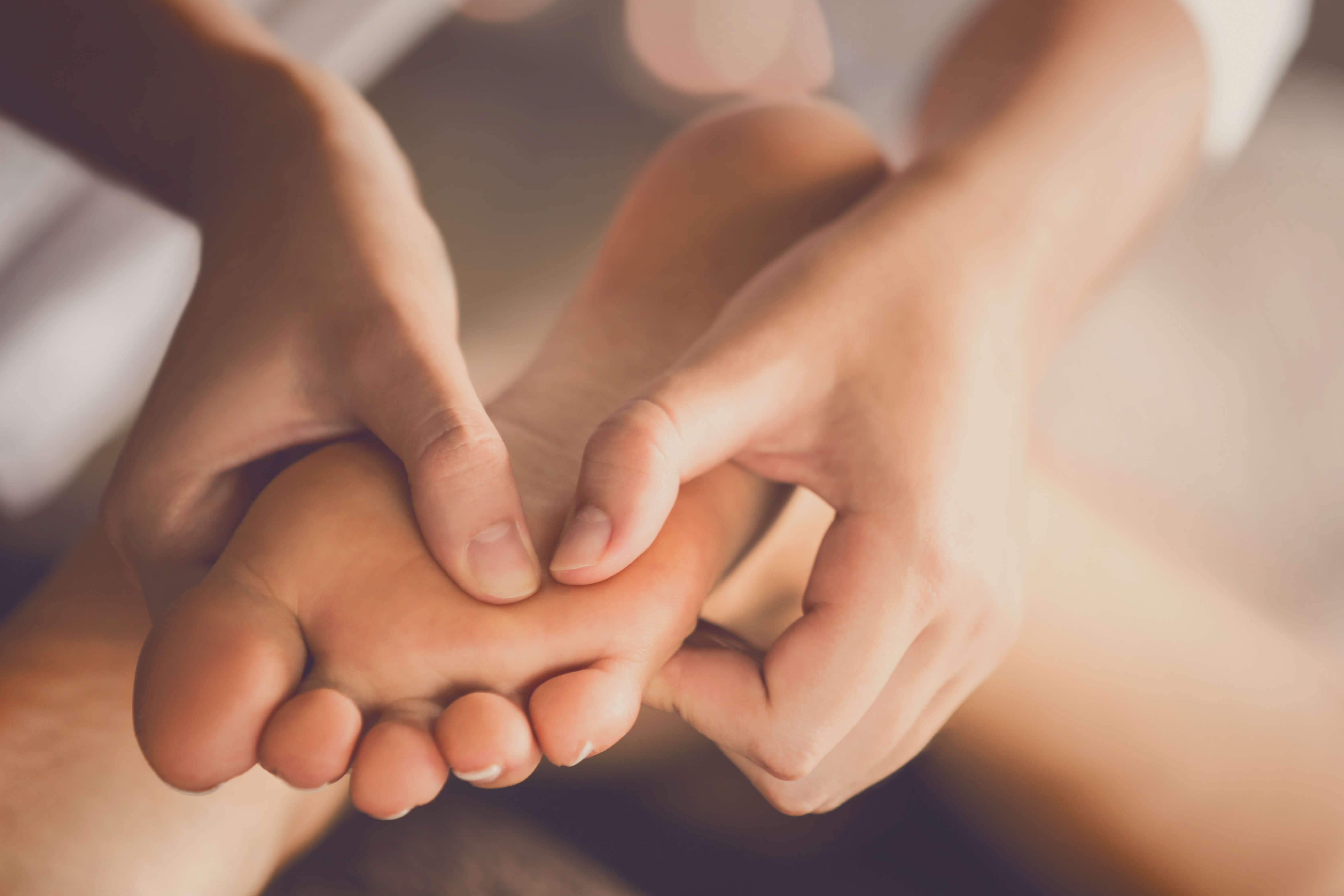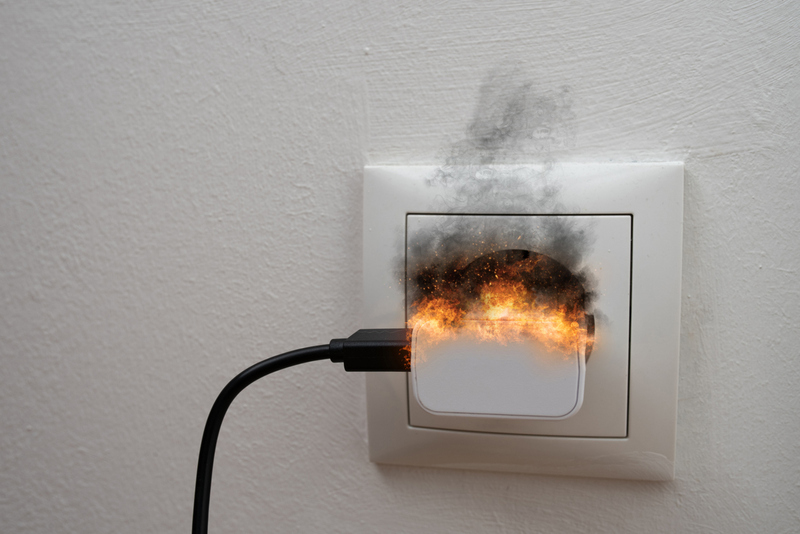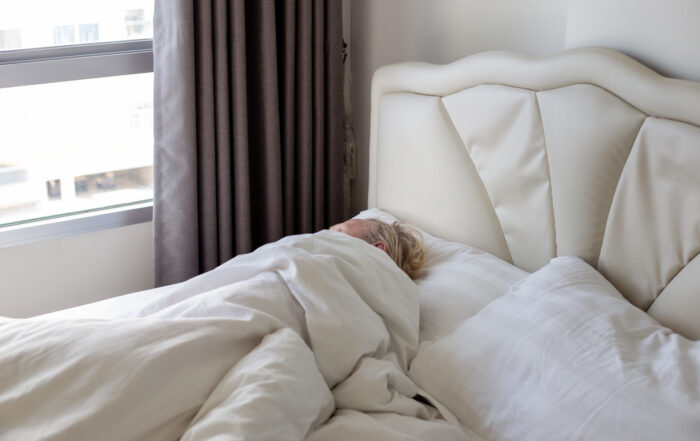7 ways to thank your feet this National Feet Week
Social Links
Have you thought much about your feet lately? Other than wanting to put them up at the end of the day, that is? Do you ever consider how marvellous they are, treading mile after mile, carrying us through all life’s ups and downs? Or are they more of a helpful utility, like the hot water system or the household Wi-Fi, that you only notice when they don’t work?
It’s an unfortunate fact that when it comes to self-care regimes, feet are often overlooked in favour of more obvious features like our face, skin or hair, and yet these unassuming appendages work harder than all the rest put together. So it only seems fair, given how much we put them through, that every so often we show them a little love in return.
What is National Feet Week 2023?
Although it’s only existed in western medicine for a few hundred years, the concept of foot care, or podiatry, has been around for millennia. After all, everyone has feet, and the things that go wrong with them aren’t unique to the modern world. On the other hand, modern practices such as X-rays, antibiotics and gait analysis mean that for many of us, foot pain can finally be relegated to the past.
But all this depends, of course, on individuals being aware of any issues with their feet and having them properly investigated. To that end, podiatrists launched National Feet Week as a way of raising awareness about feet and any warning signs we should be looking out for. It’s also a chance to show our tootsies a little gratitude for everything they do for us.
Common Foot Problems and Their Causes
Over time, as bones weaken and skin becomes thinner, our feet naturally become more susceptible to damage, which can be painful as well as affecting our balance. Though it may seem inevitable, you should never ignore pain, as it might be a sign of an underlying problem and there’s a good chance it can be easily treated. Common issues to look out for include:
Ingrown toenails
These occur when the nail curls as it grows and pierces the surrounding skin, often causing pain, bleeding or infection. They’re most often caused by nails being cut too short or tight-fitting footwear, but can also be the result of an injury or even just the natural shape of the nail.
Bunions
A bunion is a distortion of the shape of the foot, when the base of the big toe develops sideways, forcing the bones of the big toe towards the smaller ones. They’re often genetic or caused by health conditions including arthritis. Symptoms include swelling and stiffness in the joint and foot, and pain when wearing shoes or walking.
Corns
Corns and calluses are hard, thick layers of skin that develop on the site of prolonged friction or pressure – such as where a shoe is tight or rubs against the skin. Most don’t need treatment and will go away on their own, although a good scrub with an exfoliating pad will speed up the process.
Blisters
A blister is a sac of fluid that develops under the skin, usually caused by a repetitive sheering motion such as a shoe rubbing. Although painful, blisters will usually heal without intervention and should be left intact whenever possible to prevent infection.
How to Look After Your Feet as You Get Older
There’s nothing like a sturdy foundation, and having healthy feet is a great stepping stone towards confidence in your overall health. This National Feet Week, treat your feet to a bit of pampering or start some healthy foot habits, to ensure they stay in tip-top working order:
Do a DIY foot health check
After showering, sit down and have a proper look at your feet and get to know their shape, size and structure (if you can’t lift your feet, use a mirror on the floor). Check for cuts, sores, redness or swelling, and speak to your GP if anything doesn’t seem right.
Soak and strengthen your skin
Give your feet a nice soak in warm water scented with essential oils. Scrub them with a foot file or pumice stone to remove any dry or dead skin, then gently pat them dry so all those nourishing oils stay on your skin. Finish by rubbing in your favourite moisturiser, to soften the skin and prevent cracking.
Give your feet a massage
Massaging the feet and ankles helps improve circulation and flexibility, which will also help reduce swelling. It doesn’t have to be hard – gently move your toes back and forth and knead your arches with your knuckles. If you’re in the mood for a treat, book a professional massage or reflexology session.
Nurture your nails
Nails left uncared for are more prone to breaking, make shoes uncomfortable and put holes in your socks, so be sure to file or trim them every week. Cut them straight across and not too short to prevent ingrown toenails, then brighten them up with a strengthening polish in your favourite colour.
Check-in with a podiatrist
A podiatrist, or chiropodist, is a medical professional licensed to work with the feet, ankles and lower legs. As well as treating common foot complaints they can also assess your overall foot health, advise you on how to look after your toenails and give advice on suitable shoes or inserts. Even if you don’t have any foot pain, it may be a good idea to check in with a podiatrist to make sure everything is as it should be, just as you would with a doctor or dentist.
Treat yourself to some new shoes
When was the last time you had your feet measured? If it’s been a while, take it as an excuse to update your shoe collection with some supportive and stylish footwear. Choose models with cushioned soles and good grip, and go for laces, buckles or Velcro straps for stability. While you’re at it, how about some new socks? Opt for a natural fabric such as wool, cotton or bamboo, and make sure they fit – too tight and they’ll crush the toes and restrict circulation, too loose and they may move around in the shoe causing blisters and impairing your balance.
Put your feet up
It’s recommended that over 65s aim for an average of 6-7,000 steps each day – that’s more than two million steps a year. Give your feet a rest by investing in a high-quality recliner chair or adjustable bed that’s tailor-made to your specific measurements – that way when you sit or lie back all your achy joints will be supported and you’ll truly feel like a weight has been lifted. Always a worthwhile investment, a well-designed recliner chair or adjustable bed will last much longer than the effects of a massage or pedicure and will pay for itself in the form of improved circulation, reduced pain and other long-term health benefits.
Pamper Your Feet This National Feet Week
This National Feet Week, show your feet some appreciation with a little TLC. Whether that’s checking in with a podiatrist, giving your toes a new look or pampering them with a soak and a massage, they’re sure to reward you with a little extra spring in your step.
If your feet need some more lasting rest and recuperation, you’ll get no better advice than from the expert and friendly team at the Mobility Furniture Company. They’ll help you choose the best-suited chair or bed for your specific needs, so you can put your feet up knowing you’re 100% supported. And when your feet feel good, you can be sure the rest of you will follow suit.
*This website contains general medical information. The medical information is not advice and should not be treated as such. Read our full Medical Disclaimer here.



